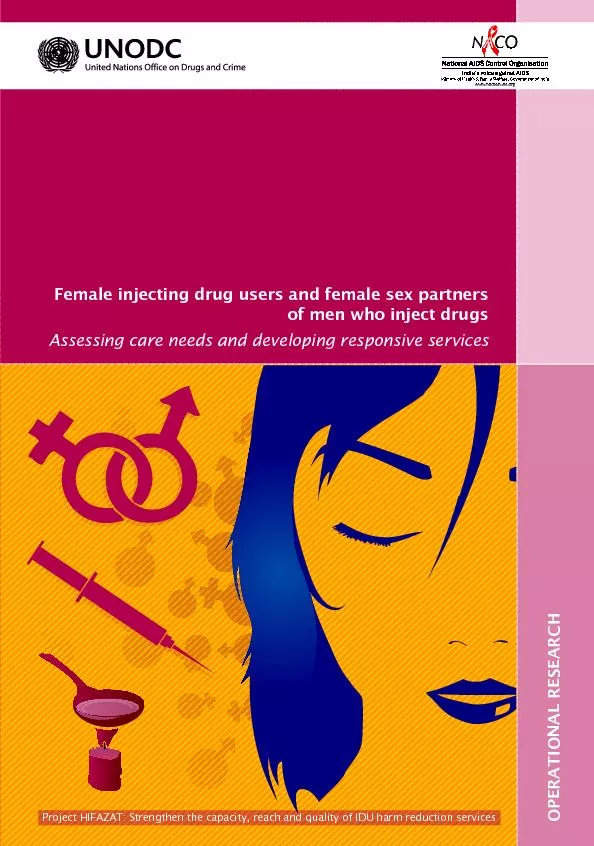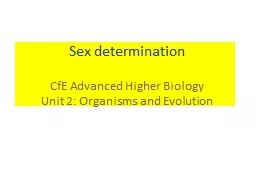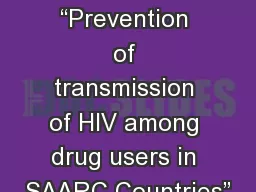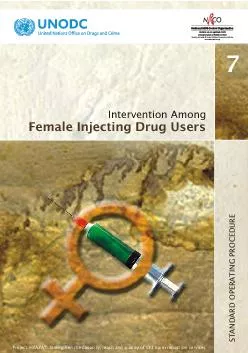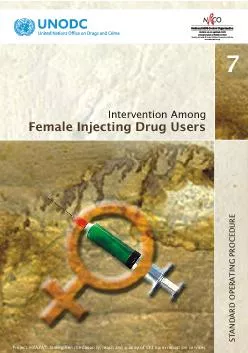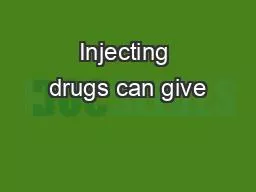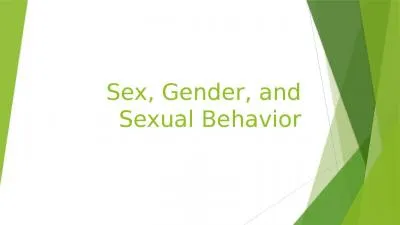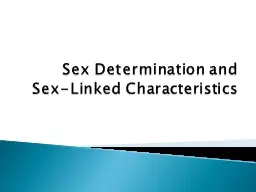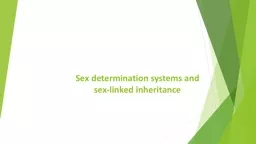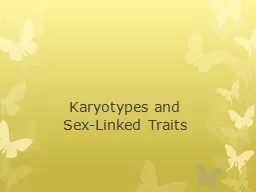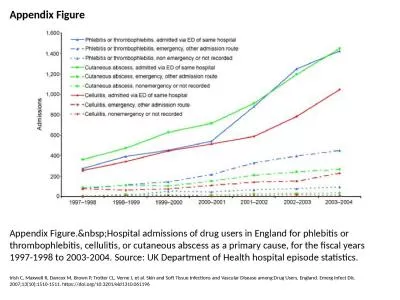PDF-Female Injecting Drug Users and Female Sex
Author : alexa-scheidler | Published Date : 2016-04-28
Partners of Men who Inject Drugs Assessing Care Needs and Developing Responsive 147Currently 145Injecting Drug Users146 IDUs are referred to as 145People Who Inject
Presentation Embed Code
Download Presentation
Download Presentation The PPT/PDF document "Female Injecting Drug Users and Female S..." is the property of its rightful owner. Permission is granted to download and print the materials on this website for personal, non-commercial use only, and to display it on your personal computer provided you do not modify the materials and that you retain all copyright notices contained in the materials. By downloading content from our website, you accept the terms of this agreement.
Female Injecting Drug Users and Female Sex: Transcript
Download Rules Of Document
"Female Injecting Drug Users and Female Sex"The content belongs to its owner. You may download and print it for personal use, without modification, and keep all copyright notices. By downloading, you agree to these terms.
Related Documents

